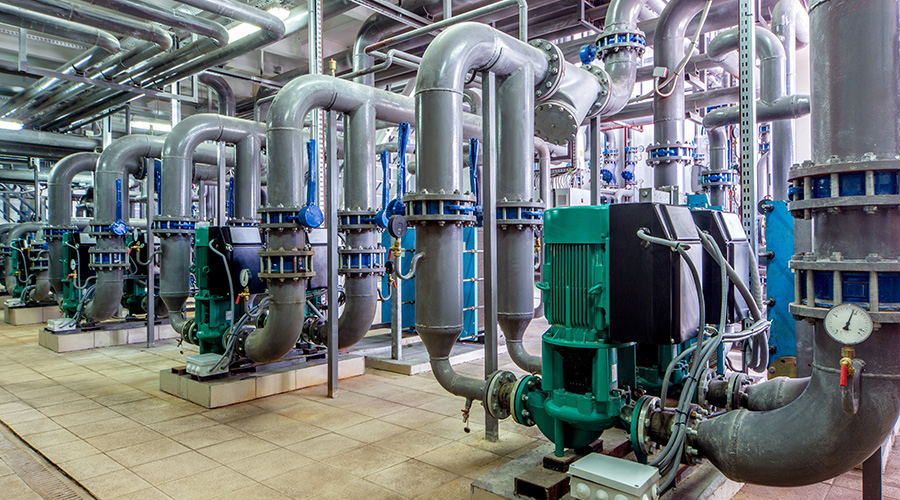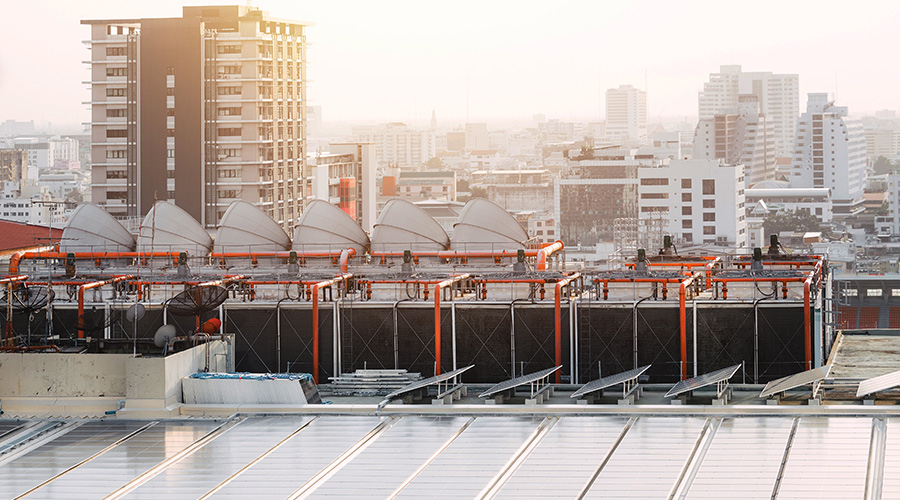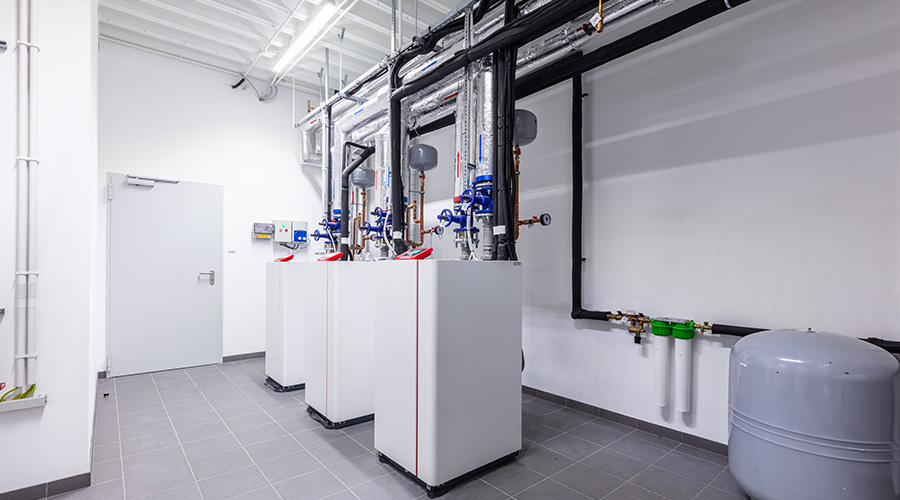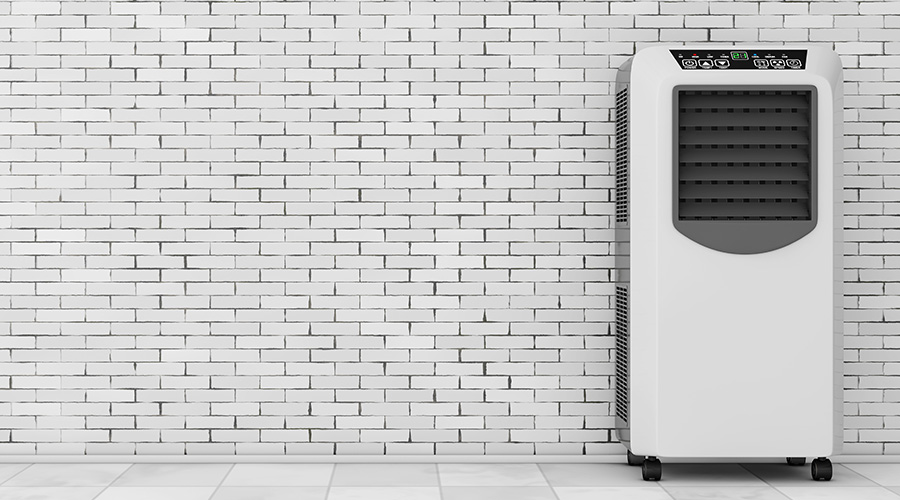 HVAC upgrades in facilities at Vanderbilt University gave managers the opportunity to incorporate new energy-saving measures and equipment, as well improve redundancy and service availability.
HVAC upgrades in facilities at Vanderbilt University gave managers the opportunity to incorporate new energy-saving measures and equipment, as well improve redundancy and service availability.Vanderbilt University Delivers Successful HVAC Upgrades
Through Vanderbilt University’s HVAC system upgrades, officials offer strategies and tactics for delivering success
Replacing a chiller or air handler with a more efficient unit is a complex process with many moving parts. But such projects are essential for institutional and commercial facilities looking to improve energy efficiency, control utility costs and operate more sustainably. Among the challenges facing maintenance and engineering managers involved in the planning of such projects is building a case for funding the project to top executives and deciding when and where to start. Such tasks are key considerations in successfully defining, planning, communicating, and executing HVAC equipment upgrade projects.
Insights and experiences
For insights from the field in planning and executing HVAC upgrades, Randy Hurt, P.E., a facility engineer with Vanderbilt University, discusses his experiences. Recent projects at the university illustrate the steps Hurt and his team have taken in the process of successful equipment replacement.
For example, replacing 50-year-old air handling units in two campus buildings offered the chance to incorporate new energy-saving measures. The university also took advantage of new technology, such as fanwalls, to improve redundancy and service availability.
“The old existing units were constant volume,” Hurt says. “We used variable-speed motors on the new units to match fan output to load, saving fan energy. The new direct-drive plug fans eliminate belts and give easy-to-maintain flow measurements with piezo rings in supply and return fans.”
But this replacement meant the constant-volume terminal boxes at the spaces had to be replaced with variable-air-volume boxes as spaces became available for renovation. That extended the project scope and budget into occupied areas.
“This meant that more people would be affected, so it took more planning and communication,” he says. Upgrading the fan systems in the university’s Fine Arts Gallery offered a chance to improve indoor space conditions.
“Instead of just upgrading existing equipment, we added a dedicated outdoor air unit for the building, which improved building pressurization and humidity control for preservation of the artwork,” Hurt says.
Building the case
The first and most important questions managers must be able to answer clearly and succinctly when considering HVAC equipment replacement is, Why does the equipment need to be replaced? How does the failing or inefficient equipment affect the ability of technicians to do their jobs? Managers need to gather evidence of the attention given to the equipment by technicians, as well as service costs paid to outside sources.
To illustrate the real problems, managers need to find data that supports the request for replacement. Using the building automation system, check temperature and humidity trends in the spaces compared to outdoor air temperature and humidity. Using this information, managers can generate a report on internal service calls or contractor invoices that tell the whole story of the excessive cost of ownership of a failing piece of equipment.
Next, how do these issues affect the function of the building and the building’s revenue-generating activities? It is not enough to simply announce to leadership that the equipment is old and has a limited remaining service life and that replacement requires half a million dollars.
Managers need to prepare a compelling case that speaks the decision maker’s language. From a productivity or revenue-generating perspective, what are the risks if the equipment failed today? Could a code deficiency mean closing the building until it is brought up to current building code?
Including an energy-efficiency measure might help sell the project. For example, when replacing a chiller or pump, managers might consider switching the pump configuration to variable primary from primary/secondary to achieve energy savings. In short, making the case for replacement means including: age; condition; the effect on building function or revenue; occupant and worker safety; lack of code compliance; general risks of equipment failure; and energy-efficiency opportunities.
Related Topics:














